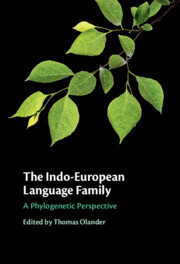The Indo-European Language Family
Modern languages like English, Spanish, Russian and Hindi as well as ancient languages like Greek, Latin and Sanskrit all belong to the Indo-European language family, which means that they all descend from a common ancestor. But how, more precisely, are the Indo-European languages related to each other? This book brings together pioneering research from a team of international scholars to address this fundamental question. It provides an introduction to linguistic subgrouping and offers comprehensive, systematic and up-to-date analyses of the ten main branches of the Indo-European language family: Anatolian, Tocharian, Italic, Celtic, Germanic, Greek, Armenian, Albanian, Indo-Iranian and Balto-Slavic. By highlighting that these branches are saliently different from each other, yet at the same time display striking similarities, the book investigates the early diversification of the Indo-European language family, spoken today by half the world’s population. This title is also available as open access on Cambridge Core.
Thomas Olander is Associate Professor in the Department of Nordic Studies and Linguistics at the University of Copenhagen. He is the author of Balto-Slavic Accentual Mobility (2009) and Proto-Slavic Inflectional Morphology (2015) and has edited several books on Indo-European linguistics and the linguistics–archaeology interface.

